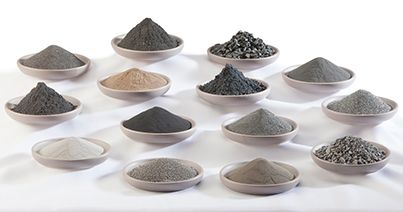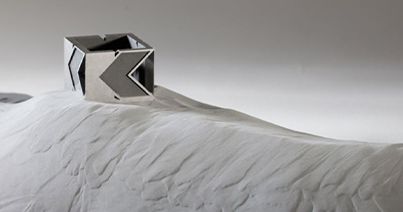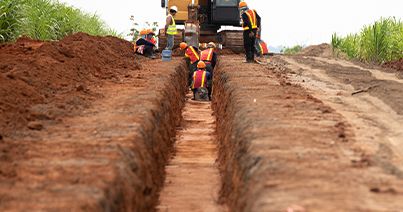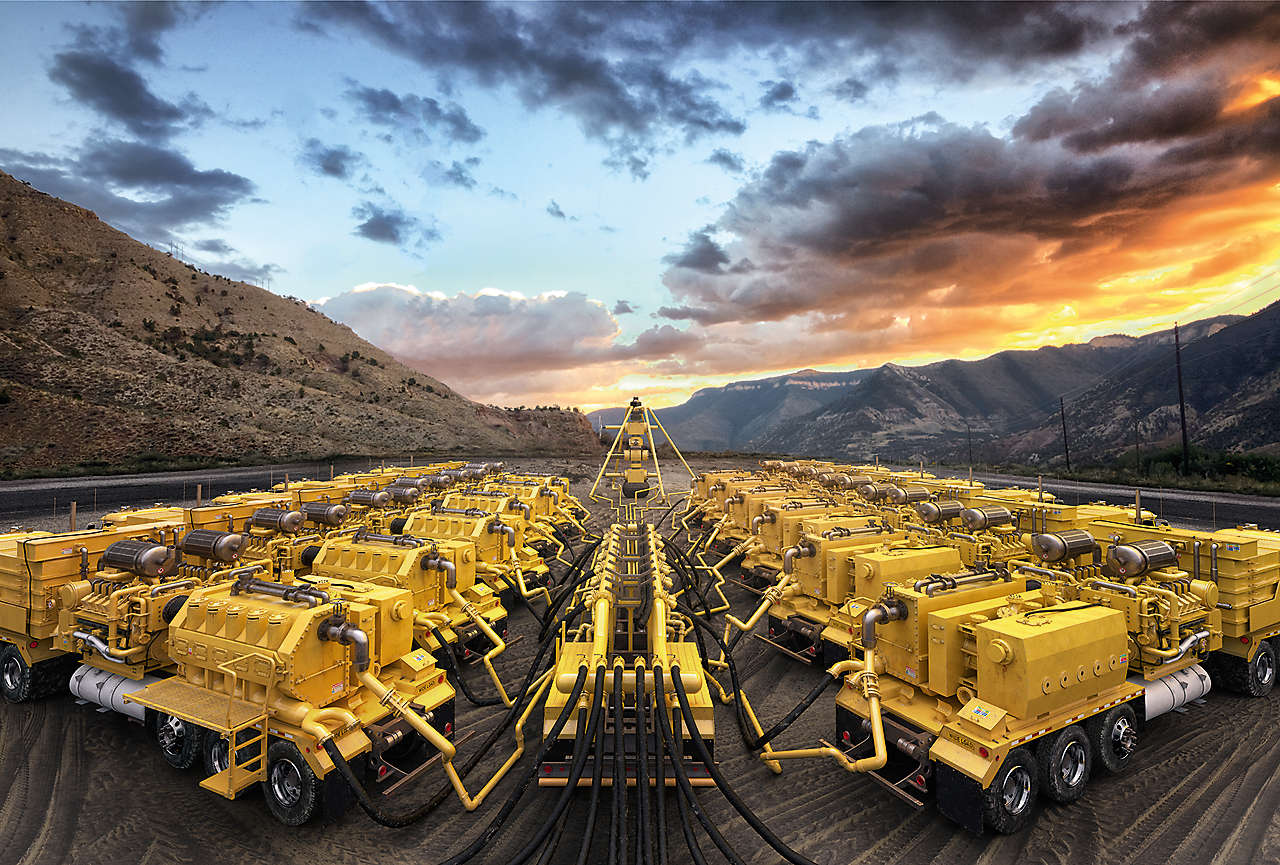
In this blog, we discuss carbide hydraulic fracking and the benefits of using KennaFlow frac seats from Kennametal.
Introduction to Hydraulic Fracking:
Hydraulic fracturing, or fracking, is a method used in the oil and gas industry to extract hydrocarbons from deep rock formations. The process involves injecting a high-pressure fluid mixture, consisting of water, sand, and chemicals, into a wellbore to create fractures in the rock. These fractures enable the release of trapped hydrocarbons, such as oil and natural gas, allowing them to flow more easily to the well for extraction.

Wear protection solutions in an oil and gas environment
What are Frac Seats?
Frac Seats are consumable items utilized in hydraulic fracturing pumps, also called frac pumps or fluid ends, designed to provide a sealing surface allowing the frac pump to pressurize the slurry to be pumped into the formation. Frac seats are generally manufactured using steel to combat the extremely abrasive environment they experience within the frac pump. They withstand extreme pressures and abrasion while facilitating efficient fluid flow.
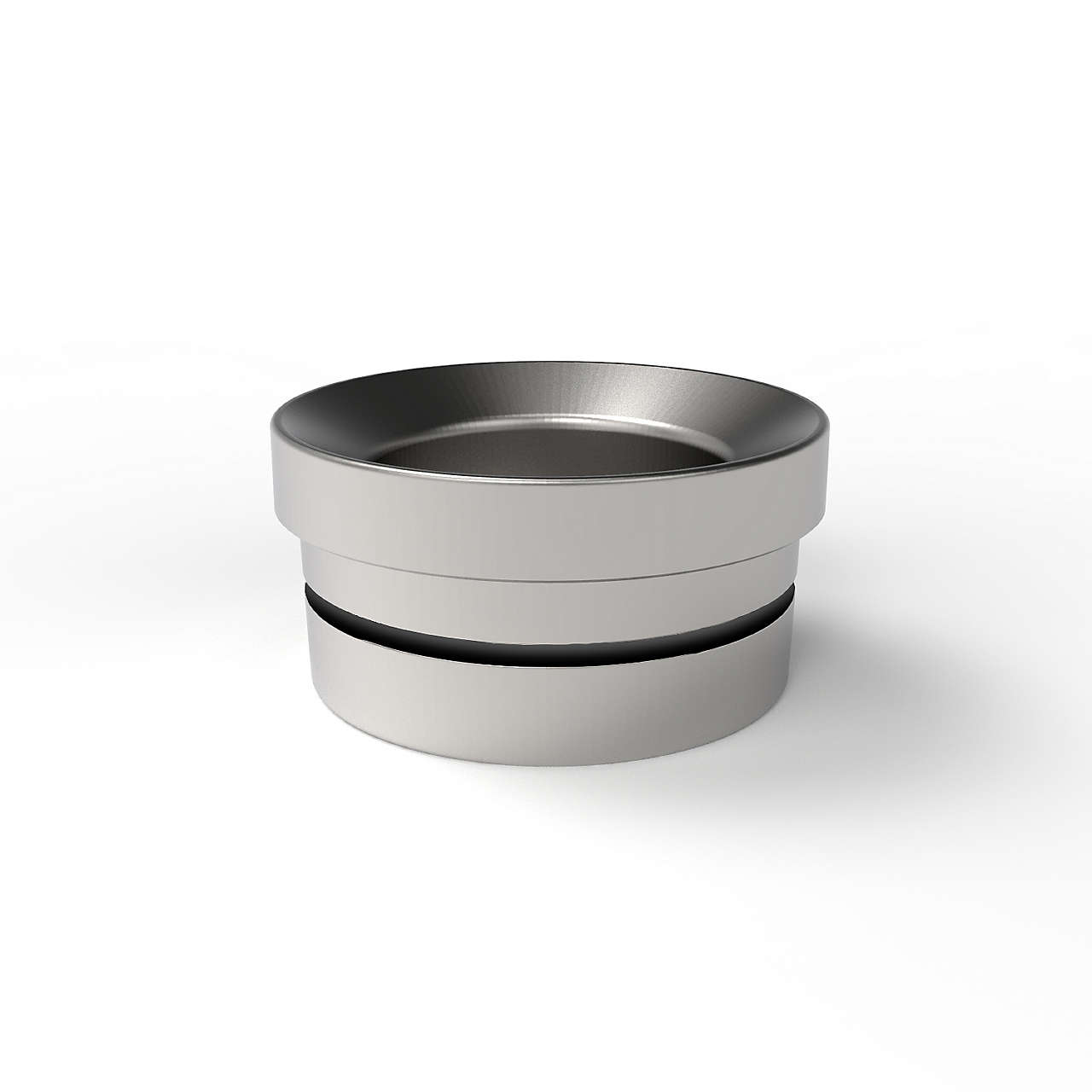
Kennaflow valve seat
What are Frac Seats?
Frac Seats are consumable items utilized in hydraulic fracturing pumps, also called frac pumps or fluid ends, designed to provide a sealing surface allowing the frac pump to pressurize the slurry to be pumped into the formation. Frac seats are generally manufactured using steel to combat the extremely abrasive environment they experience within the frac pump. They withstand extreme pressures and abrasion while facilitating efficient fluid flow.
Carbide vs Steel Frac Seats
Understanding the types of materials used to construct a frac seat can make a major difference between using seats that may roughly last 100 hours or so before changing them out or using them until the fluid ends reach end of life– which could be more than 2000 hours.
Steel: Frac seats made from steel provide good durability and are resistant to wear, but it’s not as wear-resistant as carbide. Compared to carbide, steel seats can lose their sealing surface integrity when they are exposed to highly abrasive fracking fluids. Additionally, steel is generally a more economical first choice, but has higher overall maintenance and labor costs associated with its use in a fluid end.
Carbide: Frac seats manufactured from carbide are an extremely hard material and are significantly more wear resistant than steel. Compared to steel, carbide seats can maintain high-pressure integrity and withstand the abrasive nature of fracking fluids for longer periods of time. Carbide frac seats may have a higher cost attached to them up front, however, the longer lifespan makes them more cost-effective overall.
The KennaFlow Carbide Frac Seat Advantage
KennaFlow carbide frac seats from Kennametal feature a full open seat design and are offered in standard P4 and P5 sizes for use in industry-standard fluid ends. KennaFlow seats align with the industry's ongoing pursuit of efficiency and reliability in the well-completion processes.
The benefits of KennaFlow Carbide Frac Seats include:
Increased
Component wear life
Operating time between consumable change-outs
More stages completed in less time due to increased seat life
Increased longevity of pump equipment
Decreased
Downtime for change-outs
Downtime for maintenance
Operating Costs
Maintenance costs
Risk of injury by minimizing change outs
The Importance of Fluid Ends
Fluid ends are essential for the hydraulic fracturing process which is pivotal in the removal of oil and natural gas from deep underground reservoirs by generating high-pressure fluid required to fracture underground rock formations. The fluid ends consist of multiple components including plungers, valves, and seats. The seats, in particular, are critical as they seal the high-pressure fluid within the pump and prevent leaks. Carbide frac seats have become increasingly prevalent in fluid ends, supplanting steel frac seats as the preferred choice for numerous service providers who have recognized the advantageous features and performance benefits they offer.
Common Fluid Types Used in Fluid Ends
There are various types of fluids used to accomplish different tasks throughout the fracking process. Two common types of fluids are:
Produced Water: This fluid is a byproduct of the well that can be used to convey proppant during the hydraulic fracturing process. Produced water is more commonly used especially as access to freshwater is not always possible. Produced water is also harmful to equipment as it can be corrosive, which shortens the life of consumable items.
Fluid Mixtures: There are several combinations that can be made up of fracking fluids. Ceramics, sand, water, chemical additives, and a slurry of other compounds are typically used.
Carbide Sustainability
Carbide recycling plays a large role in how to prevent waste within several industries – especially oil and gas. In order to become greener, manufacturers have been offering recycling programs to not only save on cost but also conserve valuable natural resources. Tungsten carbide is a relatively rare metal, making its recycling particularly important.
Kennametal offers carbide recycling programs to reduce waste and extend product lifecycles.
Summary
Hydraulic fracturing (fracking) is an oil and gas extraction method involving high-pressure fluid injection into a wellbore to create fractures in rock formations using frac pumps, also known as fluid ends. Frac seats are critical in the operation of the fluid end. Steel seats face wear issues, prompting consideration of more durable carbide seats, like Kennametal's KennaFlow, offering extended lifespan and cost-effectiveness. These seats improve wear life, operating time, and pump longevity while reducing downtime and costs.
Related Articles
- Matching Our Materials to Your Toughest Wear ChallengeAre you faced with a daunting wear challenge? Kennametal’s advanced materials can help. We invite you to reach out to our team to discuss how we deliver solutions that go the distance in the most demanding environments.Are you faced with a daunting wear challenge? Kennametal’s advanced materials can help. We invite you to reach out to our team to discuss how we deliver solutions that go the distance in the most demanding environments.
- Unlocking the Full Value of AdditiveKennametal has end to end capabilities-from powder feedstock to finished part-so we can help customers unlock the full value of additive. Learn more from wear expert Jerry Dominguez.Kennametal has end to end capabilities-from powder feedstock to finished part-so we can help customers unlock the full value of additive. Learn more from wear expert Jerry Dominguez.
- Conquer the Trenches with Kennametal's Durable Tools and SolutionsWhether you’re cutting a shallow utility trench or driving deep into solid rock, Kennametal’s high-performance earth cutting & wear solutions can help you do it better.Whether you’re cutting a shallow utility trench or driving deep into solid rock, Kennametal’s high-performance earth cutting & wear solutions can help you do it better.
- Proven Solution: KenCast™ Challenges the Toughest Surface Mining ConditionsWe know KenCast™ is tough enough to face your most challenging wear issues, even in extreme mining conditions. But don’t just take our word for it, here is what a surface mining customer had to say.We know KenCast™ is tough enough to face your most challenging wear issues, even in extreme mining conditions. But don’t just take our word for it, here is what a surface mining customer had to say.
